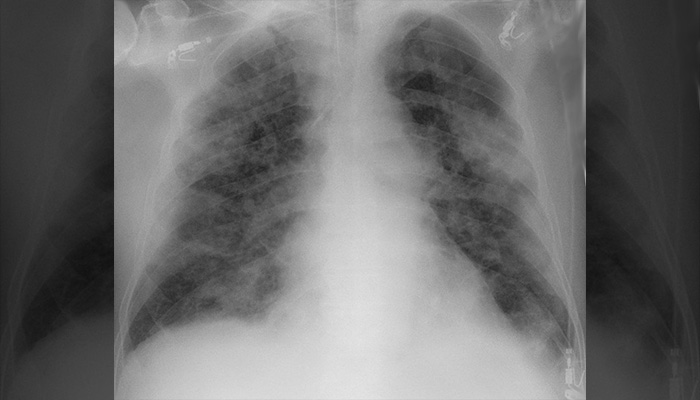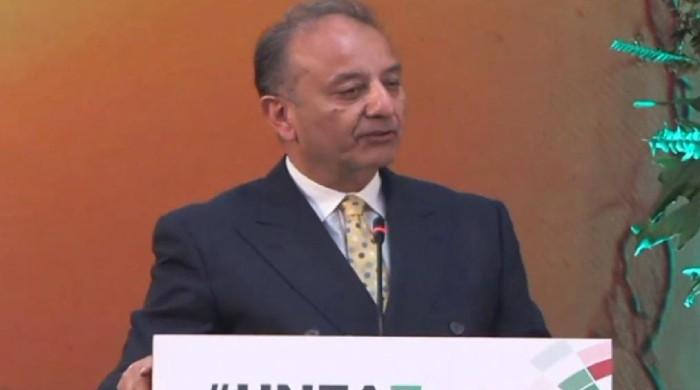Pakistani scientists roll out software that can detect COVID-19 in less than a minute
‘COV-RAID’ has an accuracy of more than 90%, uses chest x-rays to detect whether a patient is suffering from coronavirus
November 21, 2020

Pakistani scientists have developed a software based on artificial intelligence that can help detect COVID-19 in under a minute, Science Diplomacy Pakistan, a division of the Ministry of Foreign Affairs, tweeted on Saturday.
‘COV-RAID’ has an accuracy of more than 90% and is a cost-effective and universally accessible diagnostic tool.
Science Diplomacy Pakistan congratulated the National Electronics Complex of Pakistan (NECOP) and the country’s scientists on developing this tool.
It said Pakistan is ready to explore collaborations and partnerships to share this technology with the world.
Read more: Daily report: Coronavirus cases in Pakistan and abroad on November 21
The Pakistan Engineering Council (PEC) had done a trial test of detecting coronavirus with chest X-rays using artificial intelligence, the National Command and Operating Centre said.
Permission for the trial test was given to NECOP by the PEC.
A final test report has, however, yet to be shared by the PEC.
The Ministry of Foreign Affairs had launched its ‘Science Diplomacy’ webpage as part of an effort to increase its contribution to the global science landscape and create synergies for international scientific cooperation.
Pakistan has reported a total of 2,843 new COVID-19 cases in the last 24 hours, bringing the tally to 371,508.
How does COV-RAID work?
A data repository of chest X-rays has been created to fine-tune the diagnostic software's ability to identify coronavirus symptoms in patients, as per the COV-RAID website.
This means the software can utilise a chest X-ray image of a patient to detect whether the person has the virus or not by comparing it to the reference images it has in its data repository.
COV-RAID can be used at isolation centers for prognosis of patients to detect their timely recovery. This will decrease the load on the infrastructure and will help to relocate individuals back to their home more quickly after recovery.
A website for the tool includes the software’s features, availability and other information to understand how it works.









